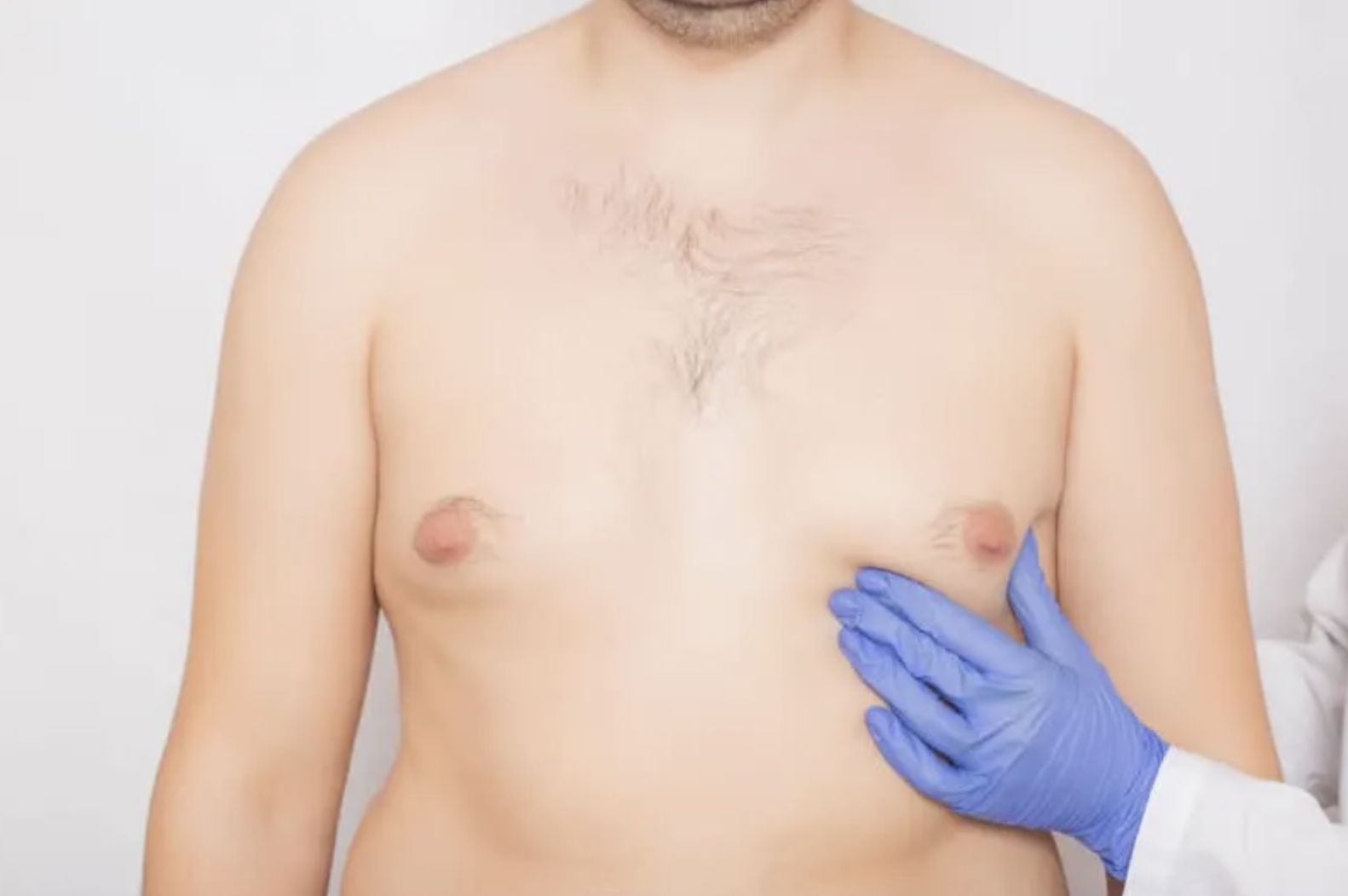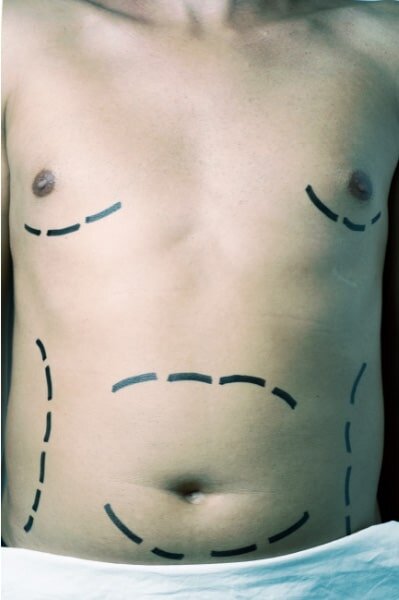

Male breast reduction, also known as gynecomastia surgery, is a corrective procedure performed to address the problem of enlarged or excessively developed breasts in men.
Unlike most cosmetic surgeries, gynecomastia surgery may be covered by health insurance plans under certain circumstances. More information on this aspect of the surgery, along with related details, can be found below.
The primary factor in determining if plastic surgery is covered by insurance is whether it is deemed ‘medically necessary’ by your doctor and the insurance company.
Most plastic surgeries, such as breast augmentation and tummy tucks, aren’t covered because they aren’t medically necessary. But in cases of breast reconstruction and gynecomastia, the surgery may be covered by health insurance.
Standards vary somewhat by the insurance company, but if a patient is under 18 and the following criteria are met, the gynecomastia surgery may be covered by your health insurance.
Note that most insurance policies require that the patient be considered for insurance coverage in their teen years or early 20s.
If the breast enlargement causes moderate or severe chest pain that creates a functional or physical impairment. However, the inability to participate in social events, sports, or athletic events is not deemed to be a functional or physical impairment.
The gynecomastia persists after the patient stops taking prescribed medications, recreational drugs, or substances that may cause gynecomastia. Some of these drugs include testosterone, asthma medication, anabolic steroids, marijuana, and calcium channel blockers.
The condition must be present for at least two years, and the evaluation of the causes using various laboratory testing has been normal. Some of the lab tests that may be used include hormone testing, liver enzymes, serum creatinine, and thyroid function studies.

Some health insurance policies only will cover gynecomastia patients under the age of 18 when they have discontinued all nutritional supplements, non-prescription drugs, and others known to have a male breast enlargement side effect.
Also, insurance may cover the surgery if glandular breast tissue is the primary cause of the condition instead of fatty deposits. If there are fat deposits, the insurance company may claim that the problem is obesity, so you will need to lose weight before considering paying for the surgery.
Before considering this surgery, talk to your doctor and health insurance company to determine if the cost may be covered.
Many gynecomastia patients are in their late teens and early 20s. If they can prove the factors mentioned above, the surgery could be covered by insurance.
There also are some special considerations to keep in mind for this surgery for adolescents and young adults:
Before you schedule gynecomastia surgery with your surgeon, talk to your pediatrician about other possible causes of the condition that could be treated non-surgically.
For example, if you are obese, losing weight will reduce the appearance of enlarged male breasts. You should consult with a weight loss specialist before considering surgery.
Having male breast reduction surgery will give you a firmer and flatter chest and may reduce puffy nipples. But it won’t give you a chiseled, muscular chest.
When you look at before and after photos offered by your surgeon, pay attention to their ages. A 25-year-old’s ‘after’ pictures will look different from an 18-year-old’s. Also, remember that all patients are different, and even the best surgeon cannot alter your natural body shape and type.
In most gynecomastia surgeries, your surgeon can use liposuction alone to achieve excellent results. Some surgeons use ultrasound liposuction to take out glandular tissue and fat through tiny incisions in the armpit.
Most patients need about five days off of work and school for recovery. Vigorous sports and exercise can be resumed after two or three weeks.
However, more extensive gynecomastia cases could require skin and tissue excisions, which will add time to the recovery.
 Does insurance cover gynecomastia surgery" />
Does insurance cover gynecomastia surgery" />
Ensuring the best possible results means that the young male patient needs to follow his surgeon’s instructions closely.
For instance, your surgeon may require you to wear a compression garment over your chest after the surgery for two weeks. Some younger patients may think this is bothersome, but it’s vital to keep the garment on to protect the incisions and reduce swelling.
Also, the patient needs to take a break from sports and other physical activities; that’s why many teenagers opt to have their procedure over the holidays.
Having male breast reduction surgery before puberty comes with a risk that the results may not be permanent. Hormone levels in the body are still changing, so it’s possible that the condition can return.
Also, medication use and weight changes in the future can cause the breasts to enlarge again. That’s why many surgeons encourage patients to wait until they are after 18 to have the surgery. That is when they are most likely to be done with puberty and no longer need parental permission for the operation.
However, if the enlarged male breasts are causing emotional and social problems, it may be beneficial to have the surgery earlier than later, even if the condition could recur.
The cost of gynecomastia surgery costs can vary depending on several factors such as the surgeon’s experience and reputation, the location of the clinic, the extent of the procedure, and the type of anesthesia used.
In the United States, the average cost of gynecomastia surgery ranges from $3,000 to $8,000, but it can be as high as $15,000 in some cases. The cost typically includes the surgeon’s fee, anesthesia, operating room facilities, and post-operative care.
Thinking about a gynecomastia procedure? Dr. Aric Aghayan is proud to serve Portland area patients at his practice, Après Plastic Surgery. He’ll go over the options, your goals, and more to determine if you’re an ideal candidate for gynecomastia.
References